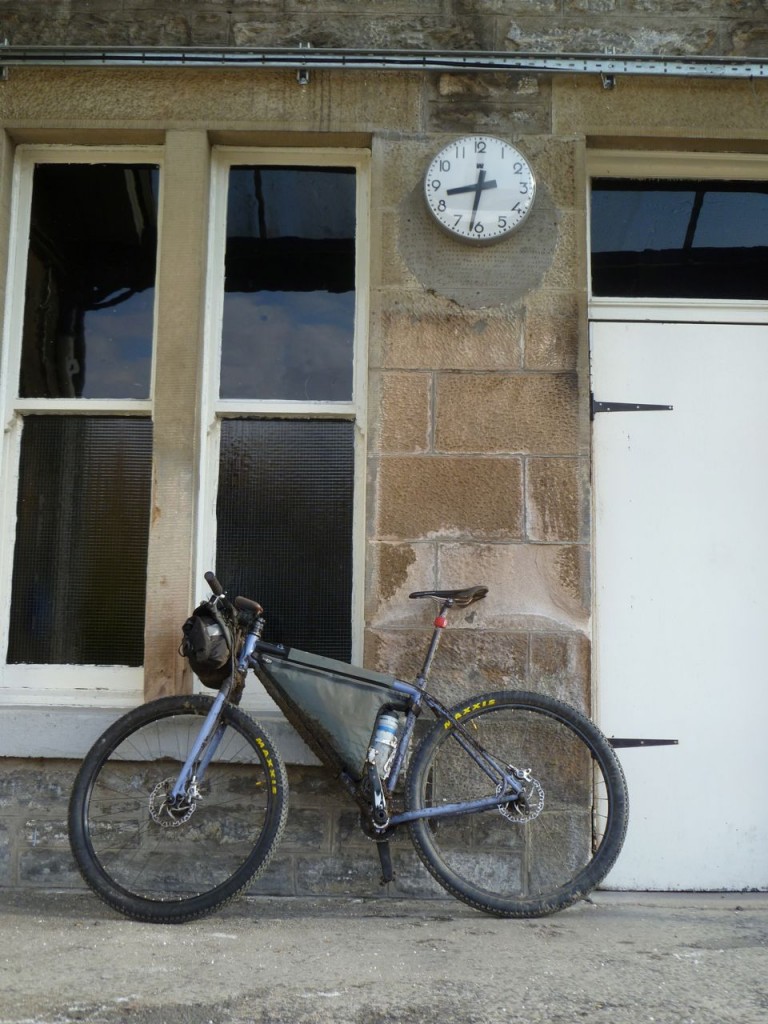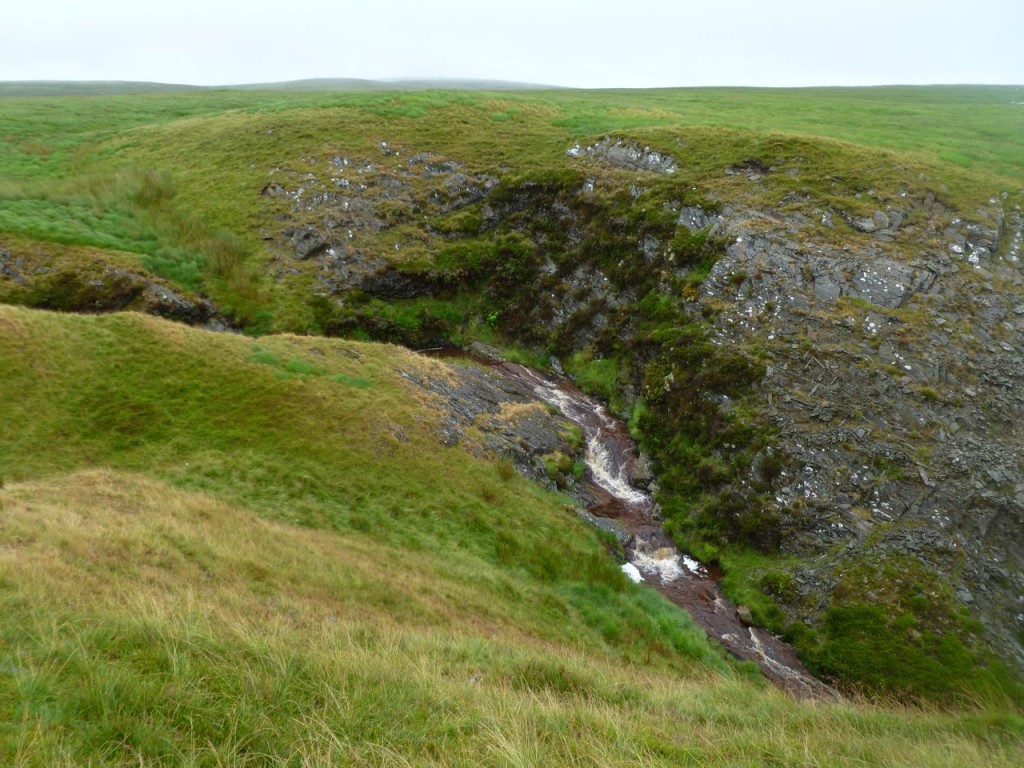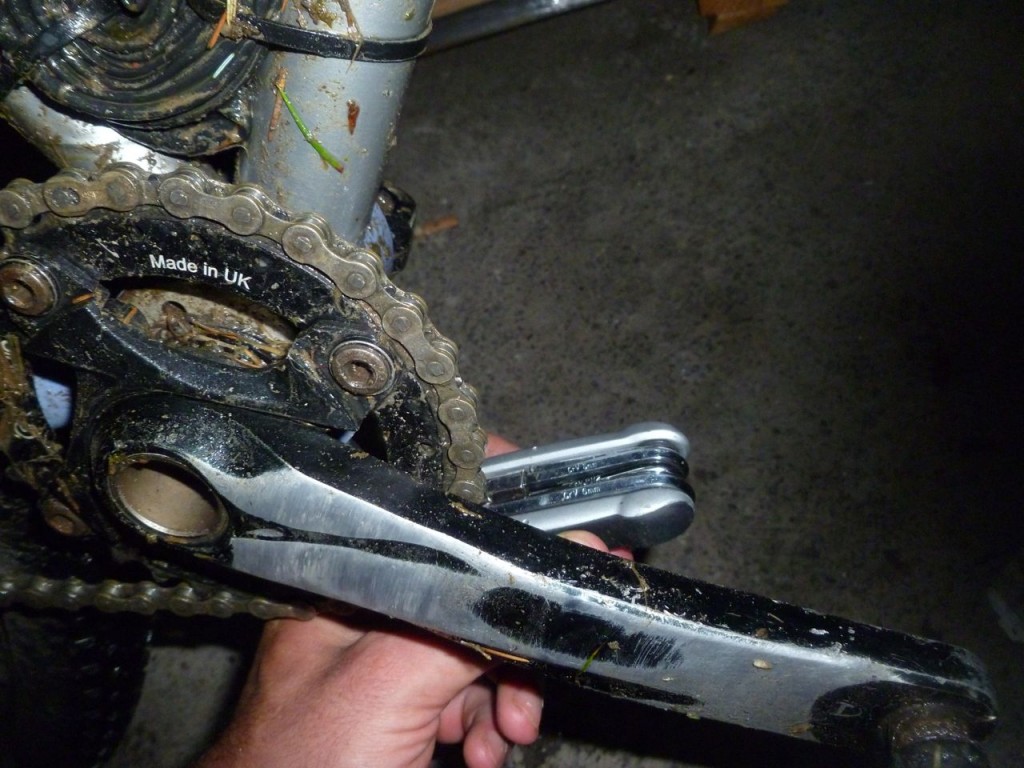I’m somewhat looking back at bikepacking. But also looking at other adventures (canoeing, hill walking, running) and trying to figure out what I’ve learned. A lot of it is pretty transferable amongst any activities “out there”. Hope you find it interesting. I’m certainly interested to know what other people have learned.
Learn the right lessons
Just because things went right, it doesn’t necessarily mean that you did the right thing. Equally, just because things went wrong, it doesn’t necessarily mean that you did the wrong thing. Every day is a school day, so make sure you learn from it.
Sometimes you might get away with very light kit or very little food. You might ride into the high-country storm and not get hit by lightning. You might cross the waist deep river and not get swept away. But your approach may be an accident waiting to happen. The more trips you go on, the more willing you will be to carry key items just in case. Personally, if I can’t walk out of wherever I’ve ridden my bike into (possibly with some level of discomfort), then I don’t think I have enough gear. If someone credible questions my decisions, even after a successful trip, I’ll take that on-board.
On the other side of things, nature can serve you up impossible situations. Just because you didn’t finish the route (today), get to the summit, or ride through the night, that doesn’t mean you failed. In a race, some other rider might roll the dice where you played it safe. Just because they got away with it, that still doesn’t mean you were wrong.
It’s hard, but the end results are an imperfect guide to the quality of your decisions.
Moderate your effort
Do not underestimate the control that you have over your effort. If it’s wet, humid, and changeable, slowing down to avoid sweat is an option, don’t ignore it. It could work better than stopping to take off your jacket, getting chilled when the wind picks up, and then having to stop once more to put it back on. If you’re riding in extreme heat, riding a fraction slower can reduce your sweat and help your progress. If you’re not going to ride all day at 100% (you’re not), then take the natural opportunities to slow things down when they occur.
Equally, do not be afraid to put the hammer down when it makes sense.
If you need to outrun the weather, or put some fright into competitors in a race, or just hit some trail hard for your own satisfaction, it might be time to ride well beyond your all-day pace.
It’s easy to think that riding long distances is all done at one lolling “endurance” pace, but let it ebb and flow.
Be comfortable out there
It’s pretty easy for mountain biking to be no more wild than a trip to the park. That’s how I used to do things: I’d go ride my bike for a few hours, and be home soon afterwards.
If my waterproof setup didn’t really keep me dry (realistically: didn’t keep me warm), it didn’t matter: I could dry out (warm up) afterwards.
If I couldn’t navigate, it didn’t matter. I’d always be in familiar places, riding with people who knew the way, or (once they started to appear) I could follow the trail centre arrows.
If I got cold and grumpy and neglected to eat, that would be OK. Anyone can ride for few hours without the need to eat.
Many decisions and attitudes were oriented around mountain biking being short-duration and close to help. So, when I first started training for self-supported and multi-day trips, the first aim was to be out all day. It didn’t really matter how many miles I rode, just as long as I kept moving forwards and found some sort of mental balance out there.
One you adopt that approach, you start to deal with niggles early. If clothing is rubbing, or something sounds wrong with the bike, then now is the best time to fix it. You choose different kit: if you really can’t stay dry, you bring things that work when wet. You learn about your environment, so that you can use natural navigation to get out of a tight spot, you recognise changing weather patterns, you know first aid. Essentially, you become competent to be allowed out in the mountains.
All this gives the confidence to go further and/or faster, knowing that you can work with the land to take care of yourself. Without that, it’s a dash back to civilisation.
Be efficient
Get your technique on the bike right. Poor techniques are eventually going to show up show as injuries. So keep your upper body relaxed, keep you limbs aligned, keep things easy. What hurts after an all-day ride? What can you do to eliminate that pain? If your muscles are pounded and your contact points are a little sore, then you’re on the right track. Anything else (knees, ankles etc.) is a sign that you need to address conditioning and/or technique.
On the Yukon 1000 canoe race, I finally put together a decent paddle stroke because there was no other way to keep paddling for the required number of hours. Every dumb thing that I did caused a problem. Eventually, I found myself doing more and more of what coaches had told me to do. It felt natural because it relieved the pain. I was lucky to finish without injury. Only experience from biking really saved me. I knew to play around with my technique before the pain became unbearable. That way, I blundered into doing it right. Do yourself a favour and figure this out before your big trip.
Recognise spirals and lemons
When things go wrong, they tend to go wrong in one of two ways:
1. A series of random events that would not, by themselves, be a big problem. Like a fruit-machine, when they all line up together, you suddenly hit the jackpot (of woe).
These are often preventable with little correct decisions. Take the food you need, plus a bit. Take spares (and the tools to use them). Know the weather forecast. All these things could prevent you from ending up stranded with an unfixable bike and no food in a hailstorm. The walk home on a summer’s day might have been fine, but if you expose yourself to too many lemons, you could get caught out.
2. A spiral of events where poor decisions leads to more poor decisions and, gradually, you find yourself in a bad way.
Again, this is preventable, if you keep your head straight. An example would be when you blow through a potential resupply in order to get further down the trail (bizarrely, this is easier to do when you’re hungry, grumpy, and belligerent). As the light is falling you postpone putting on your lights to save batteries. You reach a snowline, but press on to get through the pass and back down again before camping. The trail forks, but one way is clearly more used so you take it. You find yourself off-route, in snow, with little food, fumbling around for your light. You don’t have the camping equipment for snow. This could continue to spiral to the point where you need rescue, or you could start making the right decisions.
Summing up
Just some thoughts… I don’t know everything. It is illustrative, though, of how different this riding can be to normal mountain biking. In a great way, though. It engages more skill and craft. It takes more time to hone. And it never stops teaching lessons.


